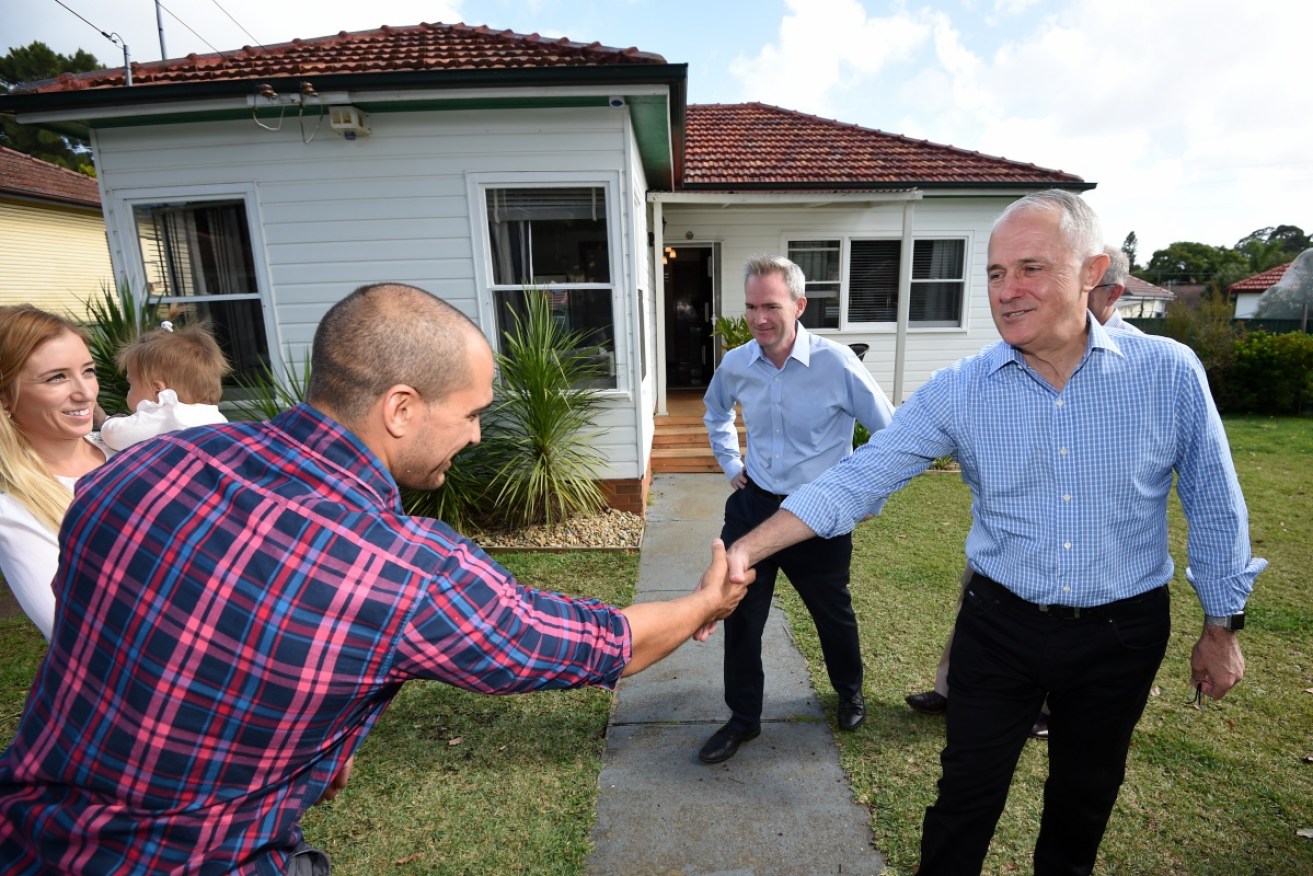The Australians actually affected by negative gearing


Malcolm Turnbull passionately advocated retaining negative gearing in the 2016 election campaign. Photo: AAP
Australia’s negative gearing tax rules have once again come under fire from a prominent economist, drawing into question who benefits from the system.
In a report released by think tank, the McKell Institute, economist Richard Holden renewed calls he made in 2015 for the policy to be reformed to make the housing market “fairer” and allow more new home owners to buy property.
It’s the latest in an ongoing back and forth between politicians and property experts from both sides of the political spectrum since at least 2016, when former prime minister Malcolm Turnbull made this issue a point of difference between the two parties.
With the scrum over negative gearing policy steadily growing into a major election issue, The New Daily decided to take a closer look at who is benefiting from the tax measure and how it works.
Trading losses for tax deductions
The basic principle behind negative gearing is that investors are able to offset losses they incur from investing in an asset, usually property, through a deduction to the tax they have to pay on their income.
That means someone can take out a mortgage to buy an investment property, then charge less in rent than they’re paying on their mortgage. The difference will reduce the amount they have to pay in tax on their wages.
It’s a pretty standard feature of most tax systems, and as University of Sydney finance lecturer Danika Wright noted in a piece for The Conversation, it stems from the idea that costs associated with generating income are tax-deductible.
However, while negative gearing isn’t uncommon in most tax systems, Australia’s rules for negative gearing are.
“This is because, under the current rules in Australia, investment property losses are not ‘quarantined’. That is, the losses on an investment property are not only tax-deductible against the income from the investment property,” Ms Wright said.
“As a result, the higher your total income, the greater the tax-minimisation benefit of negative gearing.”
Who does it affect?
Treasurer Josh Frydenberg has said changing the arrangements will cost every Australian in one way or another.

Treasurer Josh Frydenberg says changing negative gearing will hurt everybody. Photo: AAP
“If you own your own home, it will be worth less. If you rent your home, it will cost you more,” Mr Frydenberg wrote on Twitter in November.
In fact, much of the debate between the Labor and Liberal parties centres around who will bear the brunt of any change to these arrangements.
According to Grattan Institute budget policy and institutional reform program director Danielle Wood, the answer to this question is high-income earners.
That’s not to say that so-called ‘mum and dad’ investors aren’t also among the ranks of negatively geared property owners, but the effect that changes proposed by Labor would have on this group is much smaller than many realise.
Mr Frydenberg, in a November doorstop interview, made the case that two-thirds of those using negative gearing have a taxable income “under $80,000”, and removing those arrangements “will be smashing teachers, nurses, emergency service personnel”.
There’s some truth to this claim, Ms Wood said, but it ignores two key points:
- A “vast majority” of Australians have a taxable income below $80,000, so that will naturally be reflected in the data;
- Negative gearing actually reduces someone’s ‘taxable’ income, meaning someone under the threshold Mr Frydenberg used might actually have a much higher income.
The Grattan Institute’s research has found negative gearing is instead disproportionately used by high-income earners, Ms Wood said.

The size of tax benefits received by negatively geared Australians based on their occupation, courtesy of The Grattan Institute.
“You actually have a lot of people that are showing up in the tax data that have $0 taxable income. There aren’t many people out there in the world you can expect to buy investment properties with no taxable income,” she said.
“The reason they have no taxable income is because they’re using these sorts of benefits to reduce their taxable income to close to zero.”
Grattan Institute data shows the top 10 per cent of income earners receive close to 50 per cent of the tax benefit from negative gearing.
While some nurses and teachers do, as Mr Frydenberg said, negatively gear their property, it’s only about 9 per cent and 12 per cent respectively.
Anaesthetists, surgeons and finance managers are all much more likely to use these tax breaks, at 29 per cent, 27 per cent, and 23 per cent respectively, according to Grattan Institute.








